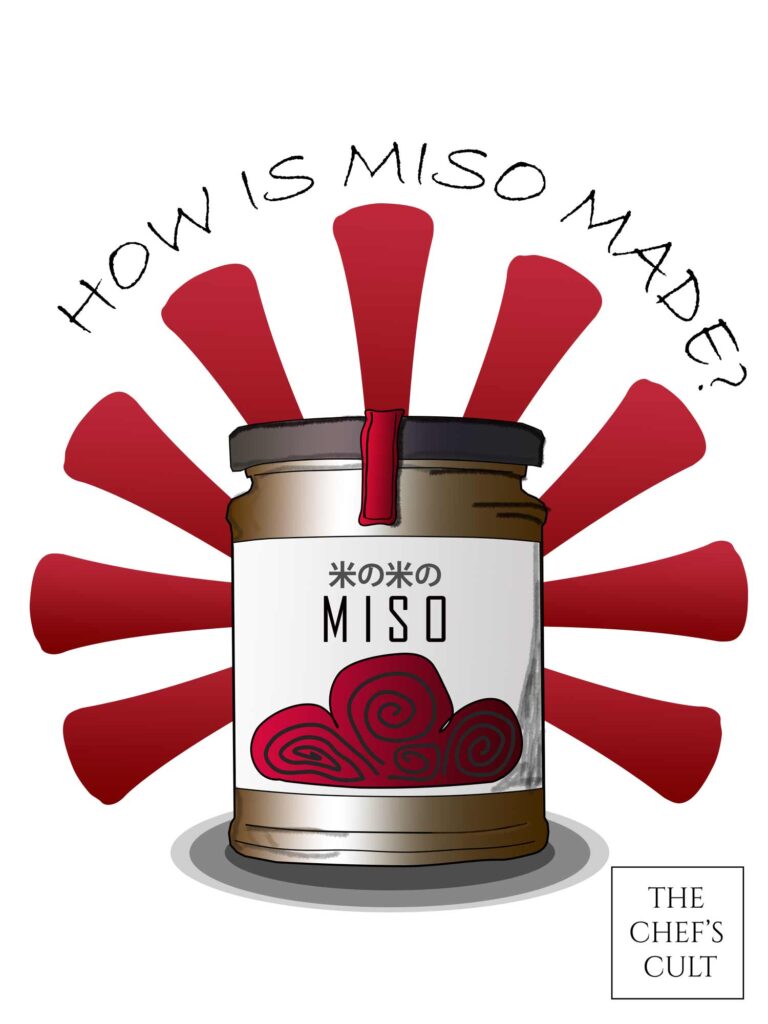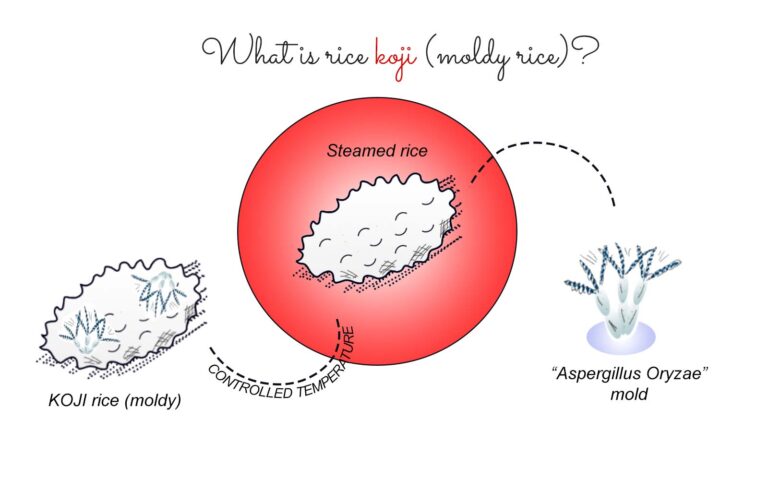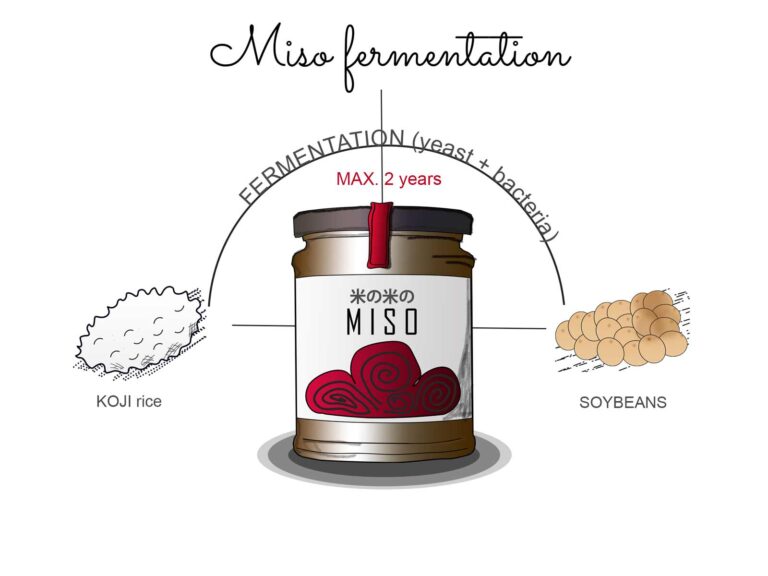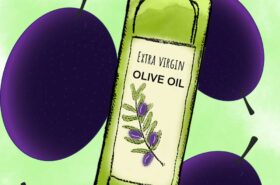Today it’s all about miso, how is miso made and many more! Hello my little Japanese cherry blossoms! If you love Japanese cuisine as much as we do, you sure stumbled upon miso, one of the most common cooking ingredient in Japan. Furthermore, if you analyze things as we do, you just want to know everything about miso there is on the web! That’s exactly where we enter your little miso story! Kon’nichiwa you lucky cherry trees!
What is miso?
Explaining it relatively simple, miso is a fermented soy-rice paste excessively used in a wide range of traditional Japanese dishes. Miso is often used in soups, marinades, salads, heck, even desserts can be made out of miso. If we go a little bit more into detail, then miso is a seasoning paste made by fermenting soybeans with koji and salt. And now we have a few questions, right? What is koji, for example? Let’s go for it!

What is rice koji?
Koji is cooked rice which has been inoculated with a mold called “Aspergillus oryzae”. But why you ask yourself? Because the mold turns the not-so-easy-digestible rice starch into easy-yummy-sugars that are the best yeast food! To make rice koji the rice is firstly soaked and steamed, and afterwards it’s inoculated with the mold culture. After the inoculation the rice is kept at about 30 ° C (86 ° F) for 3 days to evenly develop the mold! Now we have the rice koji ready! And, just so you know, koji is present in a lot of Japanese foods like miso, soy sauce, mirin, rice vinegar, even sake, you name it … Koji is always there to help!

What ingredients are used to make miso?
The traditional ingredients for classic miso are koji rice, soybeans and salt. Mostly the amount of rice used is double the amount of soy, but that can vary … Furthermore, there are miso variations which include buckwheat, wheat, barley, rye, millet, hemp and many others, especially now “at modern times”, when miso can be found all over the world. Today’s miso variations can go anywhere from amaranth to quinoa, but every miso has its own goal of enriching the dish with umami taste!
How to use miso?
You can use miso wherever you like, it’s a seasoning, which means that luckily there are no boundaries on the usage! But always remember, to keep the healthy variables of miso intact, you need to lower the temperature, which means miso is used at the end of cooking, or at lower temperatures, because it’s sensitive to heat! Always keep that in mind!

How is miso made?
Now that you finally know all the steps which lead to miso, you finally want to know how is miso made?
1. Firstly, there are two fermentations in the process of miso making. The first fermentation is used for making rice koji. The second fermentation is the one we mostly associate with miso making! For the second fermentation we need cooked soybeans which are transformed in a paste. The soybeans paste is mixed mostly in 1:2 proportion with the koji rice and mixed, while gradually adding the salt. Now we get a non-fermented miso paste, which can be to dry, and therefore often a small amount of water can be added.
2. The paste is now ready for the second fermentation, and yeast (Saccharomyces rouxii) and bacteria (Pediococcus haalophilus – resistant to salt) is added. This process of yeast and bacteria production can often happen spontaneously without their artificial addition. The miso paste is now stored in airtight containers, where the fermentation takes place.
3. The fermentation period for wheat or barley miso is usually shorter (a few months) than for soybean-miso (1-2 years). The classic soybean miso takes a few years to get the typical umami flavor, and it’s really a classic in Japanese cuisine!
Now that you finally know the answer on how is miso made, there are no boundaries for you, my little samurai! Use this knowledge wisely, because with great power comes great responsibility! That said, you can share your knowledge or keep it for yourself, whatever you like, my little ninja warrior!


